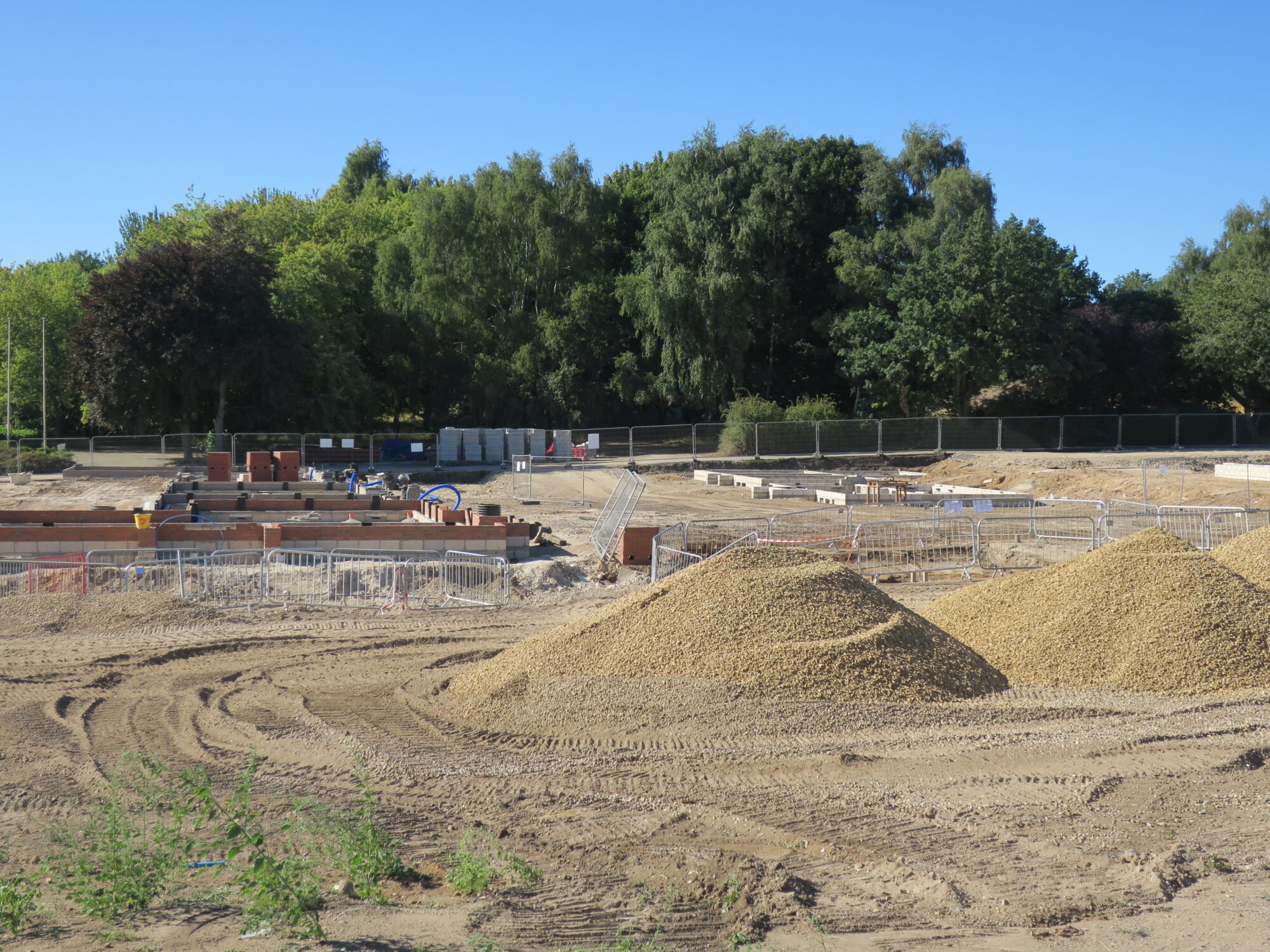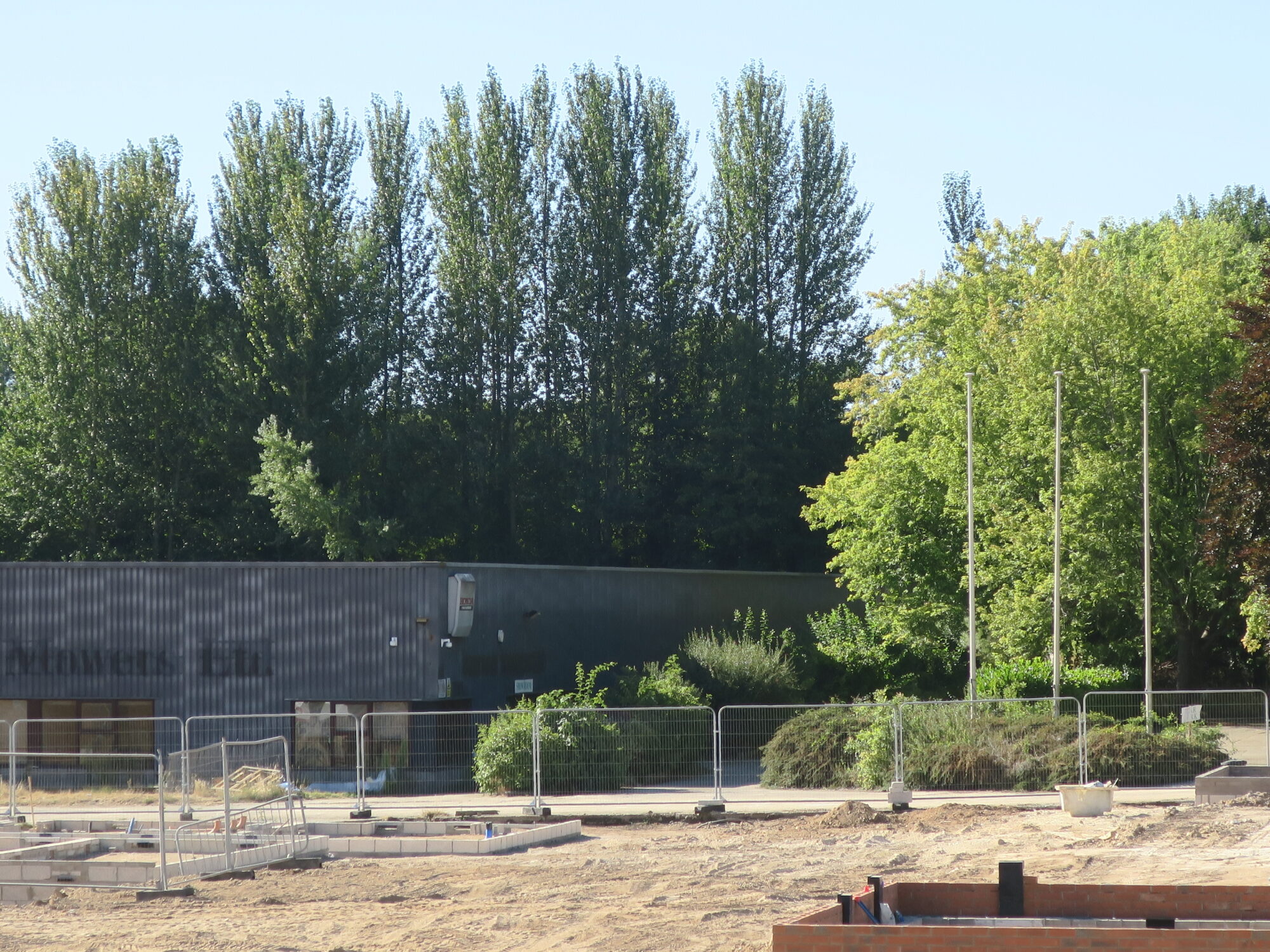In the past year or so, representatives from the Yare Valley Society have participated in consultations and workshops to guide the formulation of a new updated Green Infrastructure Strategy for Greater Norwich for up to 2038. The Greater Norwich Growth Board has now approved the Strategy and this month YVS representatives attended its official launch at the Sainsbury Centre at UEA.

The Strategy focuses on “delivering multiple benefits: nature-rich places, active and healthy communities, thriving economies, improved water management, and resilient climate-positive environments. … [It is] … a significant milestone, which paves the way for a greener, more connected Greater Norwich.”
For an overall view of the entire Strategy go to Greater Norwich Green Infrastructure Strategy Story Map.
You can explore the hoped for outcomes of the Strategy by going to the Strategy Documents and selecting the Strategic Delivery Plan 2025-2030 and look at the Proposed Strategic Green Infrastructure Initiatives in its Delivery Programme.
This news item will focus on the initiatives that relate to the key role the Yare Valley has in the Strategy as a Strategic Green Infrastructure (GI) Corridor.

The Yare Valley Society has long pressed for the Valley Corridor to be regarded as a single entity in planning, and this long held vision is promoted in the “Southern Norwich Yare Valley Parkway” initiative. The initiative will “encourage projects that support development of a major linear park connecting a potential new country park at Bawburgh and Colney Lakes west of Norwich with Whitlingham Country Park to the east, including completion of the Yare Valley Walk and improved links to the city centre, as well as potential links to the Wensum Corridor in Norwich and to the west, and restoration of floodplain fen habitats and riparian woodland along the river corridor”
Other initiatives indicate how the Parkway is to be embedded in the wider green infrastructure.
The Parkway will be linked to the “Norwich Green Grid Corridors” initiative. The initiative will “encourage projects that support enhancement of Green Grid Corridors within the densely built-up Norwich Urban Area, creating a strong and multifunctional green network connecting Norwich to the wider strategic GI network – through access improvements, including new/enhanced green spaces and waterside access, urban greening, food growing spaces, protecting and enhancing wildlife sites, and enhancing the City’s landscape setting (including wooded valley sides and ridgelines in particular)”
The Parkway will also link via green corridors to the Wensum Valley, to the surrounding country towards Wymondham and towards the Waveney Valley Strategic Green infrastructure corridor.
The “South Norwich to the Waveney Valley” initiative will “encourage projects that support enhancement of the Boudicca Way between Norwich and Diss including as access improvements and creating new circular walks linked to the Norfolk Trails network to align with the Norfolk Access Improvement Plan 2019–2029, and improved connectivity and enhancement of hedgerows and woodland habitats.”
The South-West Norwich to Wymondham will “encourage projects that support enhancement of the Strategic GI Corridor linking South-West Norwich with Wymondham including new and improved accessible greenspace, public rights of way network improvements and new greenways, pond restoration/creation, and expanding, strengthening and linking woodland, grassland and hedgerows”
These corridors are also intended to connect the Parkway to the existing Country Park of Ladybelt and to a potential new country park southeast of Norwich. The Parkway itself would provide a link between the existing Whitlingham Country Park and the proposed Bawburgh/Colney Lakes Country Park.
The Potential New Country Parks initiative will “encourage projects for the creation of new country parks potentially located to the west of Norwich at Bawburgh/Colney Lakes, to the south east of Norwich in the Caistor St Edmund area (focused around High Ash Farm/Venta Icenorum Roman Settlement) and to the north-east of Norwich.
These new county parks would provide additional larger-scale accessible greenspace to meet the needs of a growing population. They would also provide Suitable Alternative Natural Greenspace to address recreational impacts from visitor pressures of new development on wildlife sites protected under the Habitat Regulations in line with the Norfolk Green Infrastructure & Recreational Impact Avoidance and Mitigation Strategy”
Finally blue space has not been forgotten, of particular relevance to Bawburgh Lakes is the Blue Spaces initiative which will “encourage projects for the creation and enhancement of blue spaces, such as the restoration of gravel pits within river valleys to provide nature-rich wetland habitats and opportunities for access and water-focused leisure activities”
So far so good, and the Yare Valley Society welcomes the new Green Strategy as providing a clear vision for the future. Its success as a Strategy will depend partly on the funding available and partly on how much it becomes an integral part of the thinking for the planning and the policies of all the local authorities of the Greater Norwich Growth Board area.


